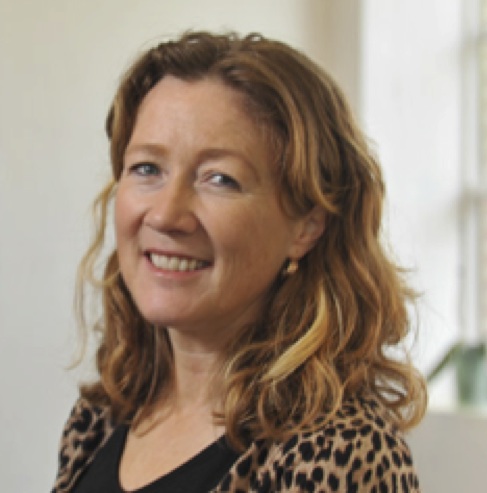Keynote 2: Cathy Craig
Movement Innovation Lab
Wednesday, October 16th - 09:00
Video recorded and edited by Olivier Derrien.
 After graduating from Edinburgh University (MA 1993 and PhD 1997 in Psychology), Professor Cathy Craig worked for 8 years as a lecturer at the Sports Science Faculty,
at the University of Aix-Marseille 2 France where she obtained her H.D.R in 2006.
She then moved to take up the post of senior lecturer in the psychology department at Queen’s University Belfast where she was promoted to professor in 2010.
She is now the Head of the School of Psychology and the Director of the Perception Action and Communication research group.
Being the recipient of a prestigious European Research Council grant in 2008, she has been able to build a state of the art research facility
(the Movement Innovation Lab) at Queen’s University Belfast that is dedicated to the study of how our brain controls everyday actions.
Her particular interest is in how temporal patterns of sound and light can be exploited to help improve movement performance.
Her research is characterised by the use of innovative methods such as auditory guides, immersive interactive virtual reality and gaming technology which allow her to create computer generated sensory environments that can help train and improve movement.
To date she has used this technology to understand and improve movement performance in both sport (e.g. golf putting) and health (e.g. walking in Parkinson’s).
After graduating from Edinburgh University (MA 1993 and PhD 1997 in Psychology), Professor Cathy Craig worked for 8 years as a lecturer at the Sports Science Faculty,
at the University of Aix-Marseille 2 France where she obtained her H.D.R in 2006.
She then moved to take up the post of senior lecturer in the psychology department at Queen’s University Belfast where she was promoted to professor in 2010.
She is now the Head of the School of Psychology and the Director of the Perception Action and Communication research group.
Being the recipient of a prestigious European Research Council grant in 2008, she has been able to build a state of the art research facility
(the Movement Innovation Lab) at Queen’s University Belfast that is dedicated to the study of how our brain controls everyday actions.
Her particular interest is in how temporal patterns of sound and light can be exploited to help improve movement performance.
Her research is characterised by the use of innovative methods such as auditory guides, immersive interactive virtual reality and gaming technology which allow her to create computer generated sensory environments that can help train and improve movement.
To date she has used this technology to understand and improve movement performance in both sport (e.g. golf putting) and health (e.g. walking in Parkinson’s).
Moving Better: How can sound help?
Our survival in the ever-changing world we live in requires that we pick up and use sensory information from our environment so that we can successfully interact with other objects and/or people. More specifically changing patterns of sensory stimuli provide the brain with important information that allows us to organise and control our actions ahead of time. In this presentation I will explore how the brain can use this sensory information to guide movement. More specifically I will discuss how we can harness the power of dynamic sensory stimuli, in particular sound, to create auditory guides that help improve the control of our actions.In the first example I will look at how sound can help improve the consistency of action when learning to perform a new self-paced skill, that draws on the main principles involved when putting a ball in golf. Data will be presented that show the benefits of using sound to significantly improve the consistency of the golf putting action. Comparisons with visual guides will also be drawn.
The second example will explore how sound can be effectively used to help improve movement performance in people with Parkinson’s disease. As Parkinson’s disease significantly impacts on a person’s ability to initiate and control movement, we will show how ecologically based auditory guides, developed from using recordings of ground reaction forces, can help people with Parkinson’s improve both their stride length and cadence when walking. Again potential limitations of these techniques, particularly simulating footstep sounds, will be explored while future directions this emerging area of research could take will also be discussed.
Webpage
http://www.qub.ac.uk/milVideo Downloads
High-Definition 1280 x 720
Quicktime video (2.52 Go)Low Definition 560 x 320
Quicktime video (113.1 Mo)MP4 video (112.4 Mo)
Ogg video (195.8 Mo)